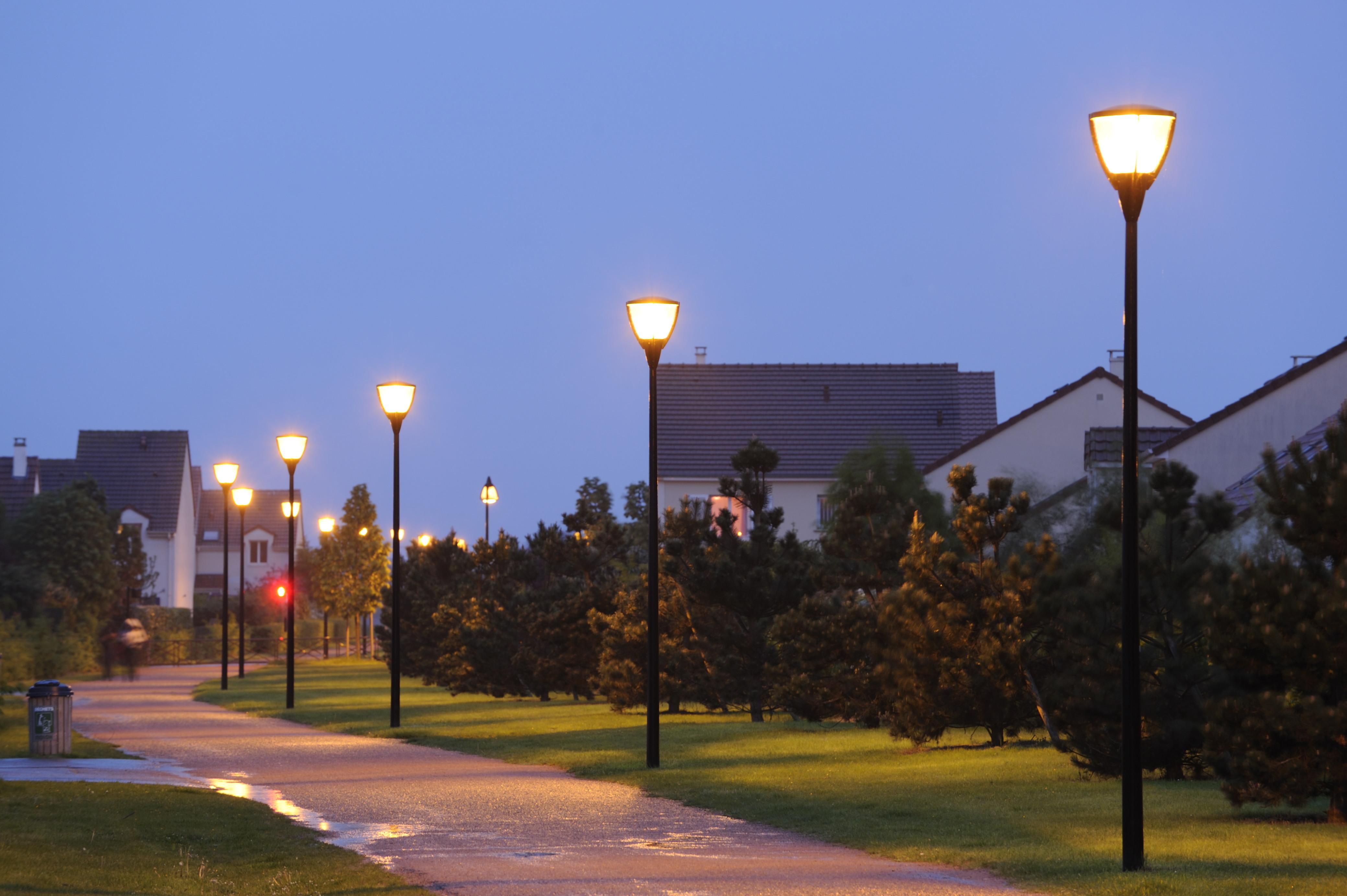French community cuts streetlight energy usage by one-third with Echelon

I am privy to plenty of energy efficiency case studies in my role with ZDNet's GreenTech Pastures. Personally speaking, I feel that any company that focuses on cutting power consumption is worthy of attention because this is just such an important topic, but I can't possibly know about ALL of you or write about all of you, so I do what I can to expose what I hear about technologies that might serve as an object lesson to the rest of you.
With that in mind, I mostly I write about green IT, ala green data center projects. But in today's entry, I wanted to draw your attention to a municipal customer for Echelon, which makes the LonWorks automation and networking technology -- which could be applied to basically anything that works on a network from a building control system to a street light project (ala what I'm talking about here).
The goodly souls at Echelon have sent me a whole bunch o' case studies recently, including one that involves the effort of French community Senart en Essone (near Paris) to reduce the energy consumption of more than 3,500 streetlights by something like 35 percent. 
The photo here gives you a sense of the dimming capacity of the technology in question, which was deployed in conjunction with SPIE, one of France's largest streetlight maintenance companies. The solution includes dimmable ballasts, which allow for adjustments as required by the municipal government during different periods of the evening.
The way things works is pretty simple: if there are fewer cars on the road, the lamps are dimmer. If a particular lamp has failed, maintenance crews are automatically alerted, and they can be dispatched to rectify the problem immediately -- as opposed to the up to 15 days that this process used to take. Light quality is adjusted to meet the optimal requirements of a particular environmental condition (a particularly rainy or blustery day, as an example).
The technology involved in the solution includes Philips Starsense light controllers, which embed an Echelon power line transceiver. This technology is connected to the the Echelon i.LON Smart Server, which sends commands to the controller's existing power lines. The controls for a network like this can work over GPRS networks.
Echelon reports that a solution like the one deployed in Senart can help cut municipal power costs related to streetlights (not an insignificant cost for ANY municipality) by up to 35 percent per year. The case study might serve as a jumping off point for companies interested in inspiring the same energy efficiency results.